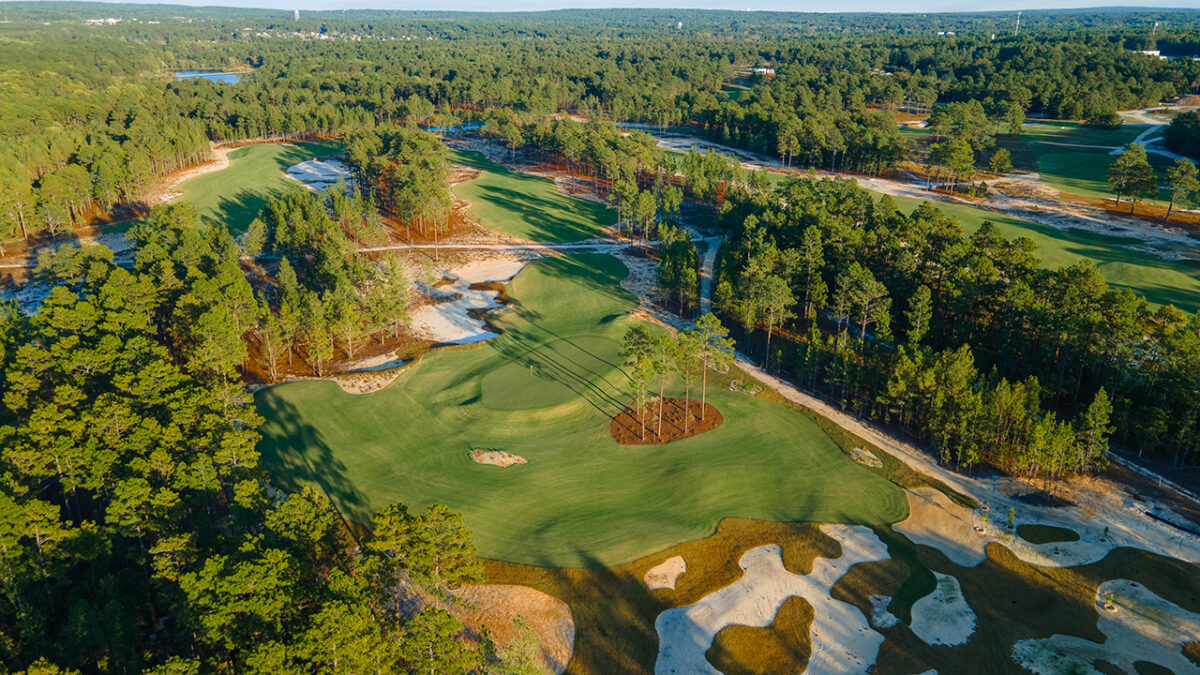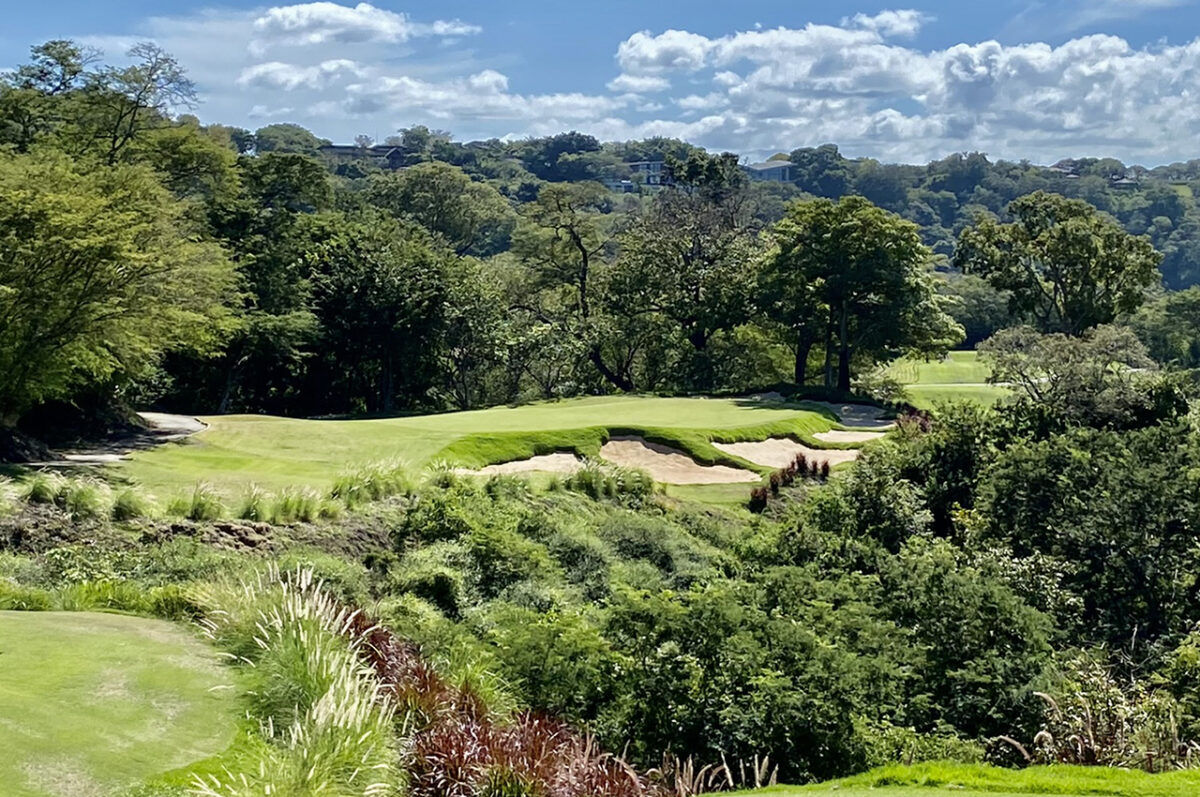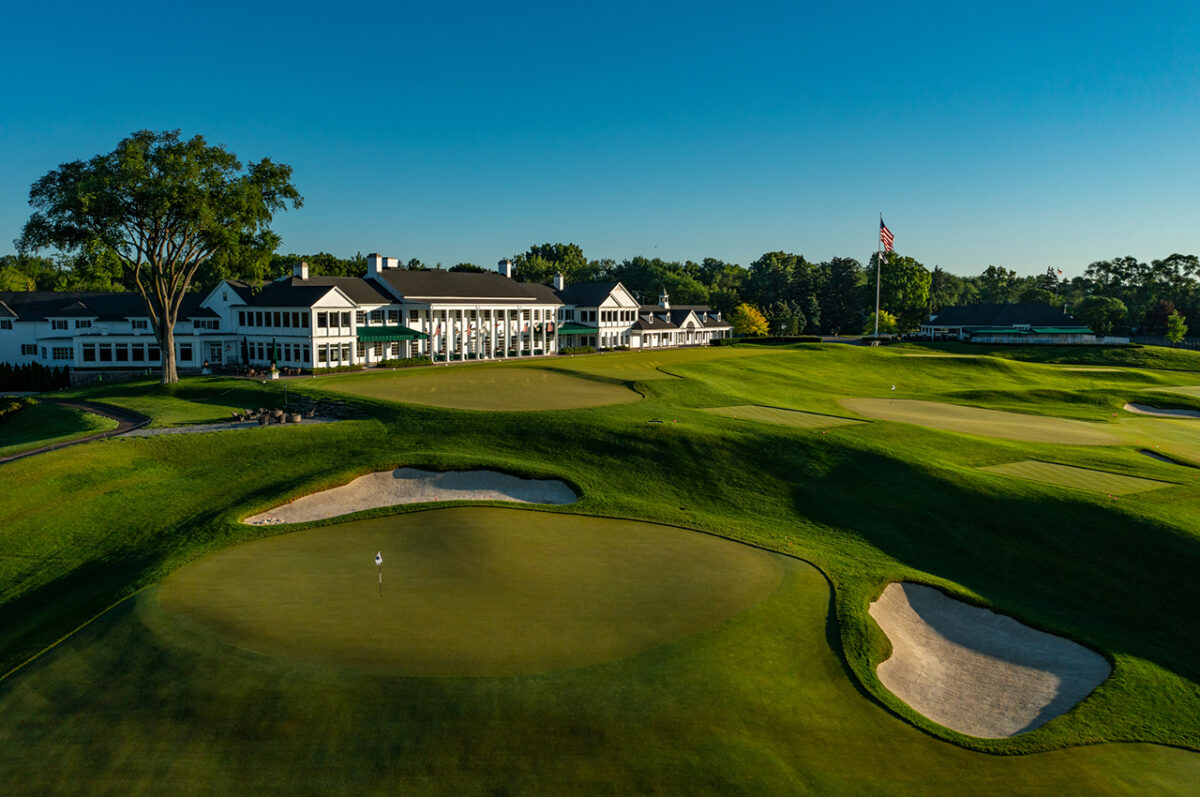What is minimalism in golf course architecture, anyway?
Several modern designers are frequently lumped into the same category of design under that stylistic banner, despite their sometimes wildly different products. Minimalism has become almost a catch-all for courses built by the likes of popular designers such as Tom Doak, David McLay Kidd, Gil Hanse, the team of Bill Coore and Ben Crenshaw, and several others.
The term is meant to contrast with the golf architects who came directly before them, designers who relied on heavy equipment and millions of cubic yards of earth moving to create new layouts. Greens would be pushed high above surrounding grade, hazards predominated and fairways would be sculpted by man. Think mounds – sometimes lots of mounds. Many of the courses built since the 1960s tried to create something out of nothing, or to greatly enhance what already lay waiting on the ground.
Minimalists, to the contrary, look for natural landforms to accent their designs, allowing and usually encouraging the ground to influence the path of the ball after it lands. Golf balls are round, after all, and they’ll roll if the architects and course conditions allow.
But is it fair to lump all of a designer’s work into one such category? Any of the top architects have laid down many courses that exude their own character. It’s not a copy-and-paste procedure. Is it appropriate to use the same term – minimalism – to describe courses of wildly differing routings and tone in various regions of the globe?
Doak, for one, is fine with it.
Check out our recent rater’s notebooks for several Tom Doak-designed courses and a restoration:
- Pinehurst No. 10
- Sedge Valley at Sand Valley
- Ballyneal
- Cherry Hills
- CommonGround
- How we rate courses
The meaning of minimalism

“The minimalist thing, I didn’t come up with that term originally, but I sort of like it from the standpoint of trying to use what we are given to work with as much as possible and kind of minimize the amount of artificial stuff that we have to do,” said the man behind top designs such as Pacific Dunes at Bandon Dunes Golf Resort in Oregon, Ballyneal in Colorado and Barnbougle Dunes in Tasmania, among dozens of others. His recent work includes the new Pinehurst No. 10 in North Carolina plus the short and fascinating Sedge Valley at Sand Valley in Wisconsin.
For Doak, it’s all about a philosophy. He lets the ground dictate how the game will be played on any given site instead of trying to force his will upon the ground by lifting and shoving. It’s especially true on rolling, firm and sandy terrain.
“When you’re building a new golf course, you’re pretty much always going have to build greens and green complexes,” he said. “But on a good site that has movement and drains itself, you really shouldn’t have to be doing a lot of other stuff. You shouldn’t have to be tearing things up and moving a lot of dirt in fairways. A good routing should solve most of that.”

It was a somewhat radical concept, somehow, when Doak left an associate’s job working for Pete Dye and hung his own shingle. His first solo design was High Pointe Golf Club in Michigan in 1989, and it almost was as if he had to defend his close-to-the-ground approach at the time.
This despite the fact that minimalism was nothing new. It was just largely forgotten in the United States. The old links courses in Scotland, Ireland and the rest of the United Kingdom were, in all respects, minimalist courses. They had to be, as their designers didn’t have heavy machinery with which to work in the late 19th century – can you picture Old Tom Morris on a bulldozer? Instead, they walked the ground and found the best golf holes, making tweaks where necessary while greatly limited by their reliance on teams of horses or men with shovels to move ground. A classic architect’s obstacles to construction were gifts that keep on giving to fans of true links golf.
Tom Doak’s philosophy

Doak has come full circle, having just completed a renovation of High Pointe before its recent reopening after years of abandonment. What has he learned over the years, and how has his style evolved?
“I think my philosophy hasn’t changed very much over the 35 years since I built High Pointe,” Doak said. “My execution is a lot better, and I’m probably more flexible, more interested in hearing what the client says in the beginning. I try to use that to make the next project a little bit different than the last project instead of just saying, ‘This is my thing, I’m going to do this everywhere.’ I don’t really want to do that. …
“You know, I still have the belief that you can’t punish the average golfer too much between the tee and the green because it’ll just be too hard for them. So the place where you make the golf course more challenging, because people have a chance to deal with it physically, is around the greens.”
- Golfweek’s Best modern courses in the U.S.
- Golfweek’s Best classic courses in the U.S.
- The best public-access courses in each state
It is there, on and around the putting surfaces, that a course is best defined. The closer a player gets to the flag, the more a great architect’s influence is felt. When applying a minimalist approach without much earth moving, it’s on the greens and along the ground approaching them that an architect’s creativity is best revealed.
“Somewhere between 50 and 80 percent of golfers play a fair amount of their golf along the ground,” Doak said. “They can hit it in the air for a while, but they can’t make it stop like a really good player. So what happens to the ball when it lands is kind of a key part of design. That’s the thing we have to make things interesting. We’re trying to allow the people that have to play golf along the ground to still have a chance to get the ball close to the hole.”



















